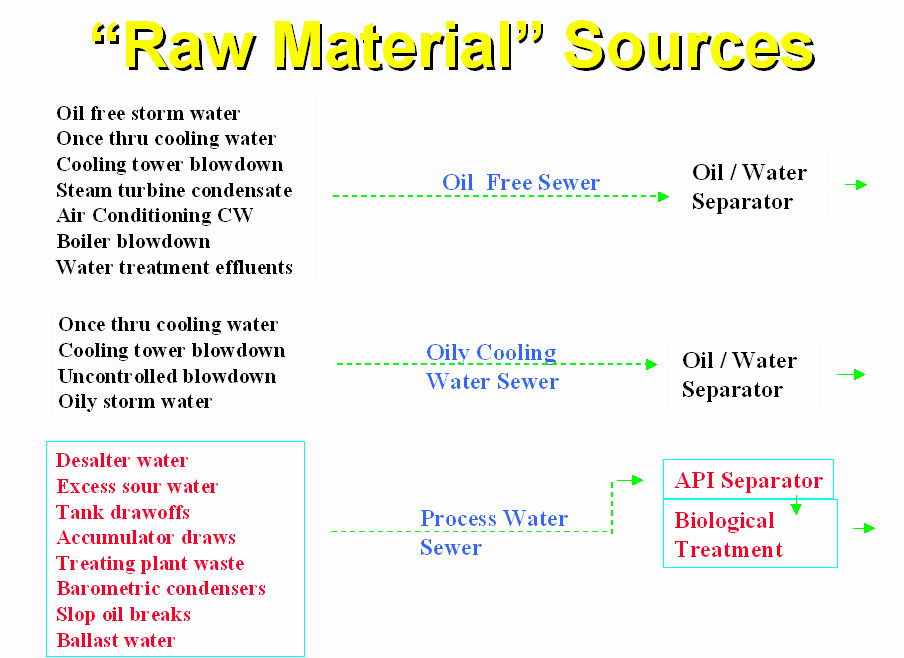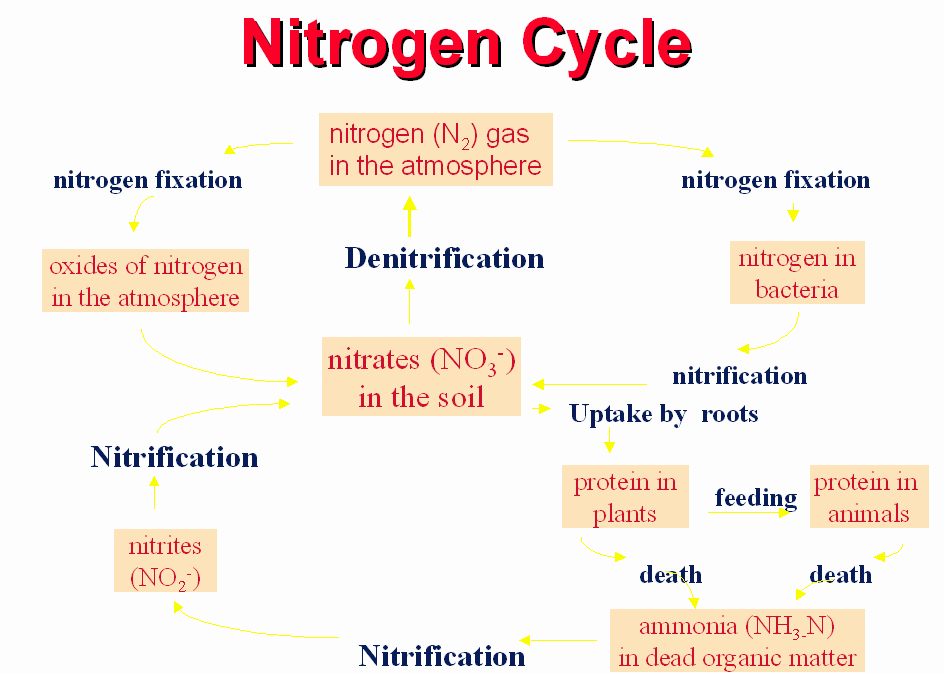Biological Products:
Bioaugmentation products for Wastewater applications in Papermills, Refineries, Chemical, Tanneries, Municipalities, Textiles, Steel, Agriculture, Animal feedlot, Gun Powder plant, Food and Beverage- Dairy Products, Orange Juice factory, Wineries, Cookie factory, Vegetable processing plant, Meat packing, Barbecue Restaurant, Aquaculture, Ornamental Ponds with algae , CAFO, Nursing homes, Military, Campgrounds, Universities, Regulatory agencies, River and Lake remediation
Lab Services:
Filamentous Identification Lab Service. One reason to identify filaments is to determine the filaments characteristics and then determine the type present. If the type is found out, a root cause can usually be associated with a particular filament. If the cause is known, then a correction can be made to alleviate problems. Chlorination is only a quick fix. Without process changes, filaments will grow back after chlorination. Wastewater Biomass Analyses and Cooling Tower Analyses also available
Audits and Consulting:
At Environmental Leverage® Inc., we have a team of experienced individuals who come into your plant with a fresh pair of eyes. The system is checked from influent to effluent. System optimization, equipment efficiency and operational excellence are key components explored. Key Benefits Equipment efficiency Total Cost of Operation reductions Reliability and safety An onsite audit is conducted to examine system parameters, process controls, and current monitor and control procedures. A physical walk-through is conducted, process flow diagrams are examined, previous design criteria are examined and current standard operating procedures are evaluated along with data logs.
|
Industry Troubleshooting-Nitrification problemsLatest News!
What's New!
We have just added "Virtual Audits" to our capabilities. Check out our new Services. We are in the process of developing new courses for our ""Online E-University" in order to meet the needs of our global customers that cannot travel to our public classes.Visit our new website www.WastewaterElearning.com/Elearning
Oh no my nitrifiers are dead!!! What happened?
Ammonia -nitrogen is one of the main pollutants contained in wastewater
from petroleum refineries and petrochemical wastewater treatment plants that can cause serious
discharge final effluent permit violations. Ammonia is toxic even at very low
concentrations to fish in receiving waters. Also the autotrophic conversion
of ammonia to nitrite and subsequently to nitrate requires large amounts of
oxygen for energy transfer.
With stringent discharge limits imposed by the EPA, refineries are looking for potential modifications including stream isolations, equipment additions and operational changes that may help improve ammonia removal rates and ensure compliance with future permit limitations.
In the past several years, the Environmental Leverage® Lab has developed technology including products, testing procedures and programs that have successfully helped our Refinery customers meet their discharge limits via biological removal.
Products Some of the bioaugmentation products used are a liquid nitrification product, which contains specific bacteria that are able to convert nitrogen to Nitrate. Nitrosomonas and Nitrobacter
Another bioaugmentation product sometimes used is a specially formulated bacterial blend to help break down hard to degrade compounds, amines, rings, etc. thereby allowing the nitrifiers (Nitrosomonas and Nitrobacter) an easier environment to grow in and allowing them a faster rate of nitrification. Most problems occur because amines are not broken down fast enough in a system, make it to the clarifier, finally are broken down, but by then the nitrifiers are not able to break it down fast enough before it bleeds out the final effluent and causes permit violations. Either that, or the amines are present in the final effluent and are not noticed, and when BOD or toxicity samples are performed, they then cause problems.
Testing Procedures
Wastewater Biomass Analysis A microscopic examination of the wastewater sample is documented by photomicrographs. Biological floc structures, higher life forms, polysaccharide coating in floc structures, presence and identification of filaments, etc. are carefully examined and documented in this analysis. By routinely doing these biomass analyses under all operating conditions, baseline information can be obtained and monitored, thereby enabling incremental system changes to be measured and implemented.
Nitrification Inhibition Testing-Composite samples from individual wastewater
streams contributing to the total
nitrogen in the system can be analyzed for nitrification inhibition testing.
The samples are spiked with a known amount of ammonia, pH stabilized with
buffers and inoculated with a nitrifying population with known ammonia
removal capabilities. A flask with DI water and ammonia serves as the
Control. The ammonia readings are recorded and monitored hourly. Ammonia
degradation in the sample is compared to the Control and reported as %
inhibition. The capacity of the MLSS to achieve nitrification can also be
measured.
By a combination of the above lab testing methods along with a review of the wastewater treatment plant data, it is possible to determine if there is any correlation between wastewater plant operating conditions and nitrification or if it is a lack of sufficient nitrifying population in the system. Are there sufficient Nitrosomonas and Nitrobacter present. Is alkalinity an issue? Are amines not completely broken down? Is there sufficient oxygen?
Based on above all, a bioaugmentation program may be recommended depending on the need of the individual customer. The bioaugmentation program may consists of the addition of biological products supported by ongoing site services and laboratory analysis for monitoring and documenting the progress of the application in the wastewater treatmet plant.
Total Nitrogen Balance Newsletter Denitrification -Gassification Newsletter
For additional information on Biological products: that can be used to help overcome Nitrification issues or to help the wastewater treatment plant recover faster.
The Critical 5 plus one- Alkalinity is critical for nitrification
Pollution Prevention Opportunities www.p2pays.org
|

 The
Activated sludge system contains two types of bacteria. Carbonaceous
bacteria primarily remove the BOD. Nitrogen elimination via
nitrification/denitrification with nitrosomonas and nitrobacter has proven
to be a successful way to solve the excess ammonia that is leftover after
all nutrient requirements are met by the carbonaceous bacteria. This is
where many times problems in wastewater treatment occur.
The
Activated sludge system contains two types of bacteria. Carbonaceous
bacteria primarily remove the BOD. Nitrogen elimination via
nitrification/denitrification with nitrosomonas and nitrobacter has proven
to be a successful way to solve the excess ammonia that is leftover after
all nutrient requirements are met by the carbonaceous bacteria. This is
where many times problems in wastewater treatment occur.  easier settleability and dewatering or increase the ability to nitrify.
easier settleability and dewatering or increase the ability to nitrify. Shake
Flask Toxicity Study- Shake flask studies are the bioengineering version of
jar testing. This testing can be used as a screening method to determine if
existing biomass can be enhanced by bioaugmentation along with the
treatability/toxicity of the wastewater to improve COD/BOD removal. Testing
can also be done with additives such as nutrients or chemicals to determine
their impact on the sample treatability. Toxicity can also be checked on.
Shake
Flask Toxicity Study- Shake flask studies are the bioengineering version of
jar testing. This testing can be used as a screening method to determine if
existing biomass can be enhanced by bioaugmentation along with the
treatability/toxicity of the wastewater to improve COD/BOD removal. Testing
can also be done with additives such as nutrients or chemicals to determine
their impact on the sample treatability. Toxicity can also be checked on.


